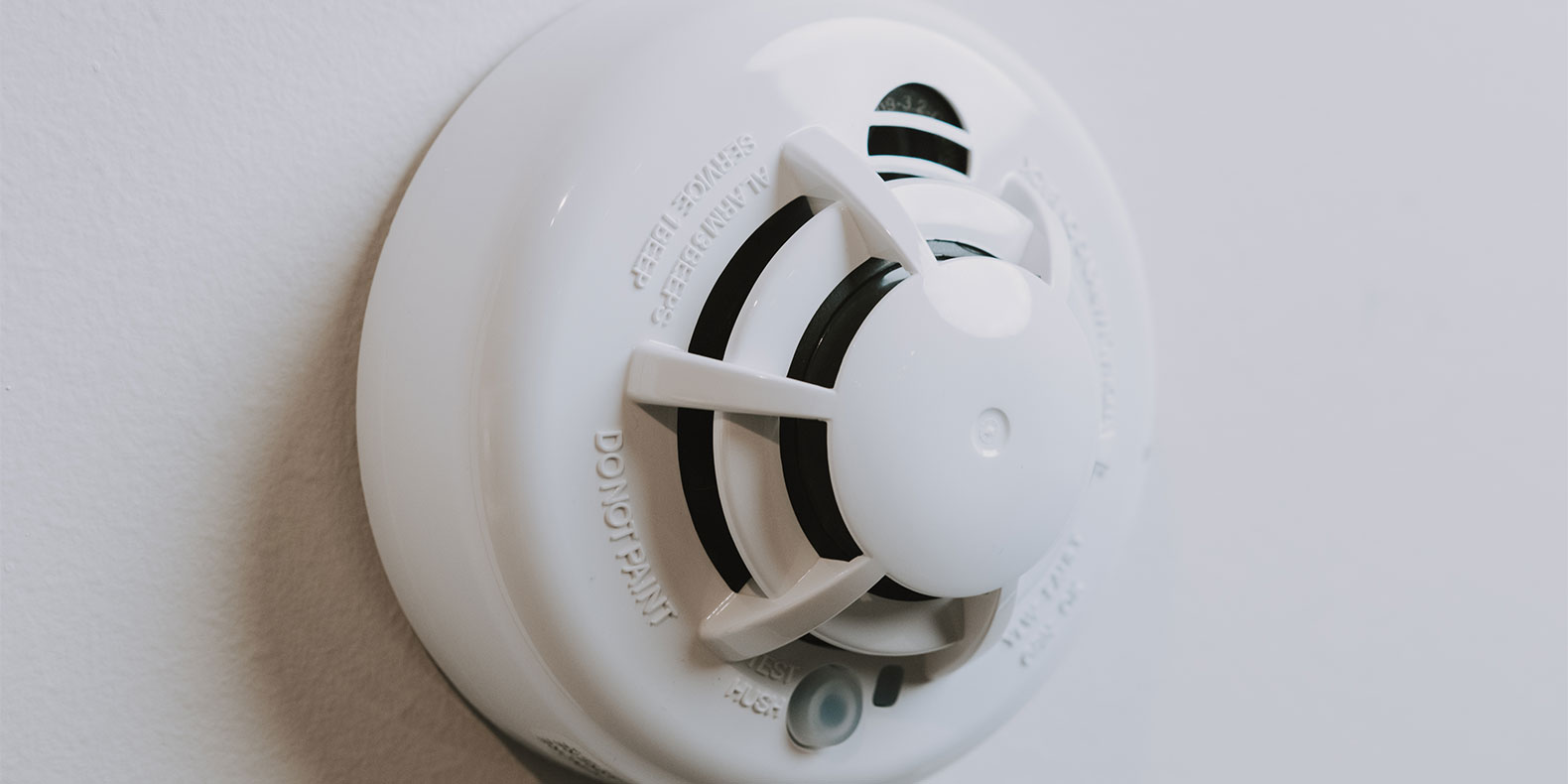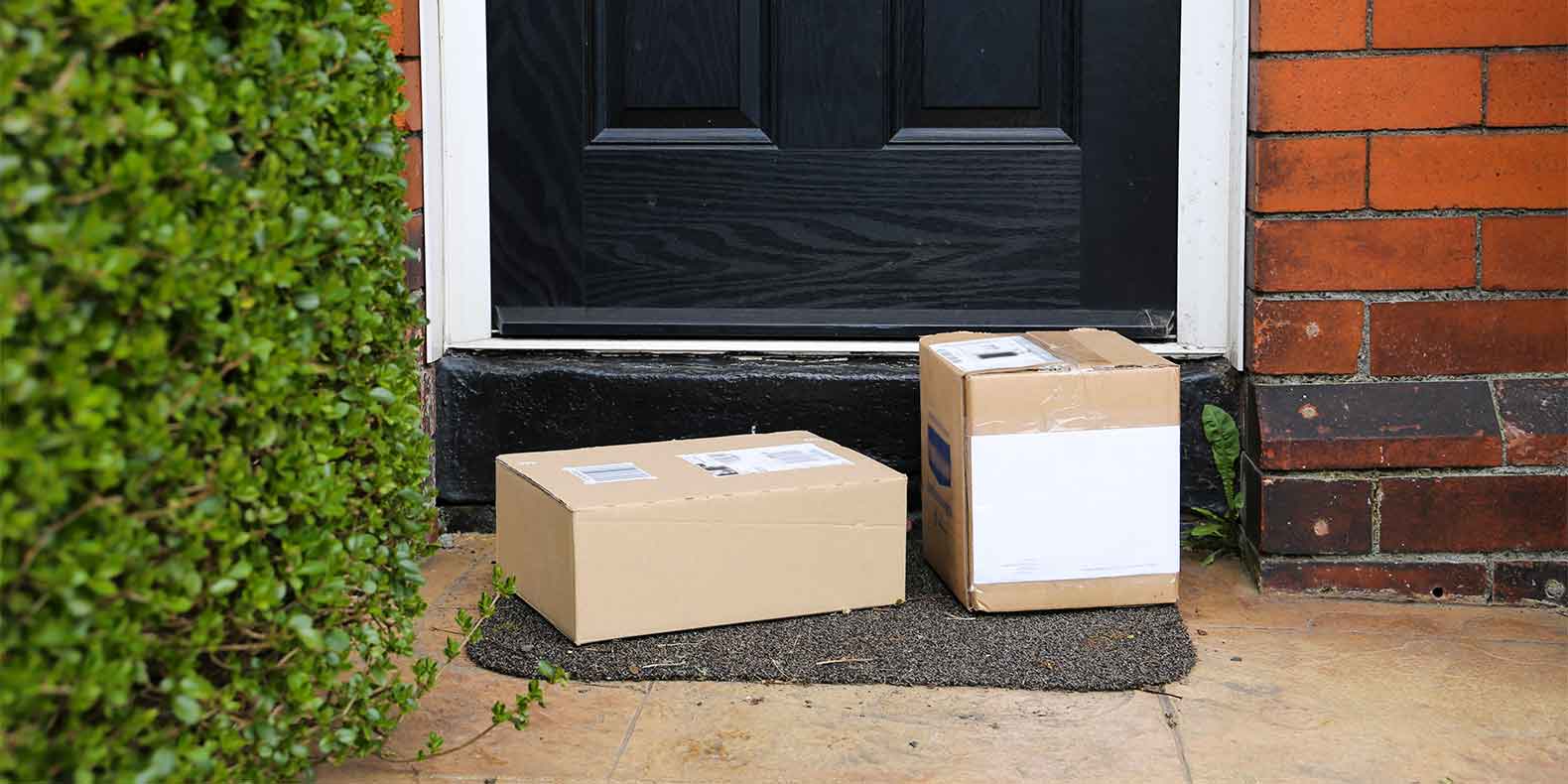Items in your medicine cabinet, like antiseptics, vitamins and daily medications, can do a lot of harm if put in the wrong hands—i.e. young children, forgetful seniors or experimenting teenagers.
Furthermore, painkillers and other prescription medications are high on burglars’ shopping lists.
Secure your medicine cabinet to avoid potentially lethal accidents or theft.
Audit and Organize Medications
An organized cabinet enables you to keep track of what medications are in the house and their quantities. Organization is a vital component to medicine cabinet safety.
- Unneeded medication. Go through your medicine cabinet, and discard expired and no longer needed medications. (See how to properly dispose of medications here.)
- Medication containers. As you organize, ensure all medications are in the container they came in—don’t transfer them to plastic bags or other unmarked containers.
- Medication owners. Keeping medications straight is important when you have multiple people taking medication in your home. Make this easier by placing brightly colored stickers on every medication container, and assigning a color to each family member. This way, no one will accidentally take someone else's medication.
Children and Medicine Cabinet Safety
Children are curious. They love to wander and explore—often in places that can be unsafe. In 2012, more than 64,000 kids were treated in an emergency room for medicine poisoning.
- Keep medication out of reach. Check to see that there is no way for your child to make his or her way into the medicine cabinet. Kids often find a way into areas that may initial seem to be out of reach. Young children can easily move stepping stools and climb on toilets, tubs and sinks. Keep this in mind as you childproof your medicine cabinet.
- Child-resistant packaging. Almost all medications come in containers or bottles with child-locked caps nowadays. If your medication is not in a childproof container, you can buy one at your local pharmacy. However, you must be sure to transfer the medication label and associated information to the new bottle immediately.
- Emergency numbers. Keep emergency numbers posted inside your medicine cabinet for easy access. Include numbers for your pediatrician and poison control center.
Elderly Family and Medicine Cabinet Safety
Elderly family members also pose a risk when it comes to medicine cabinets. Forgetfulness is a part of aging—and for family members with Alzheimer's or Dementia, this becomes even more complicated.
Consider buying a weekly medication box. Such boxes have labels for each day of the week and compartments for morning and night. You can use this to organize your elderly family member’s medication. If Thursday’s medication is not in the box, he or she will know that they have already taken it.
Keep Medications Out of Thieves’ Hands
Did you know that 51% of burglaries are committed as a means to acquire drugs? Keep painkillers and prescription drugs secure by locking them in your medicine cabinet or, for added protection, a separate location like a dresser or safe.
This will prevent medications from getting into the wrong hands, and save you the hassle and costs of having to replace them.
Utilize Available Security Technology
Special sensors are available to help you monitor access to the medicine cabinet. With them, you’ll be immediately notified if an unauthorized party—such as an experimenting teen or small child—has opened the medicine cabinet. Alerts can be sent to your PC, laptop, tablet or smartphone. This way, you’re always aware of what’s going on in your home.



